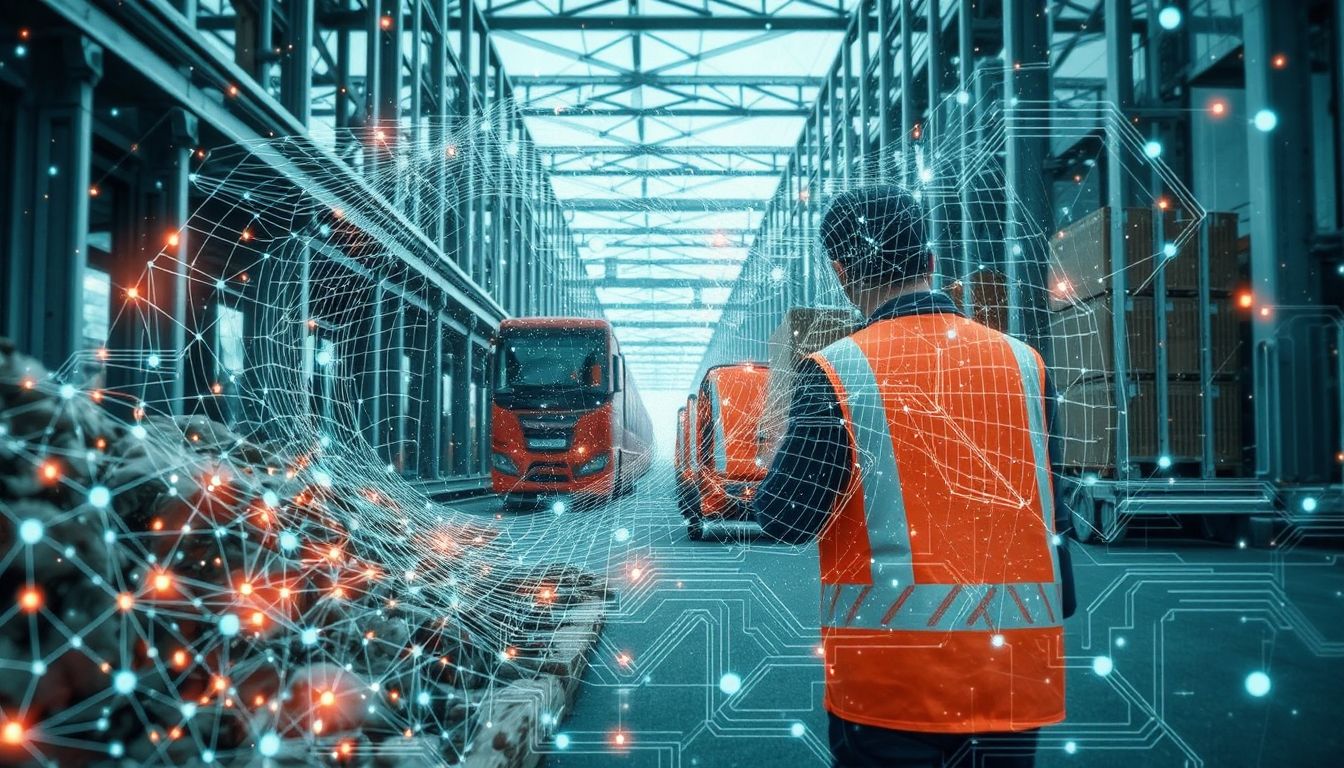
How Can AI Unlock Human Potential in the Supply Chain?
The supply chain is the backbone of global commerce, and yet, it’s often bogged down by inefficiencies, delays, and human limitations. Enter artificial intelligence (AI)—a transformative force that’s not just automating processes but also empowering human workers to achieve more than ever before. But how exactly does AI unlock human potential in the supply chain? Let’s dive in.
The Current State of Supply Chains: Challenges and Opportunities
Traditional supply chains are riddled with challenges—manual data entry, forecasting errors, labor shortages, and unexpected disruptions. These inefficiencies don’t just slow things down; they also frustrate employees who could be focusing on strategic tasks instead of repetitive ones.
AI offers a way out. By automating mundane tasks, providing real-time insights, and enhancing decision-making, AI allows supply chain professionals to shift from firefighting to innovation. The result? A more agile, resilient, and human-centric supply chain.
AI-Driven Automation: Freeing Humans from Repetitive Tasks
One of the biggest ways AI unlocks human potential is by taking over repetitive, time-consuming tasks. Think about inventory management, order processing, or shipment tracking—traditionally labor-intensive processes that AI can handle with precision.
Reducing Errors and Increasing Efficiency
Humans are brilliant, but we’re not immune to mistakes. Manual data entry, for example, is prone to errors that can ripple through the entire supply chain. AI-powered systems, on the other hand, process vast amounts of data with near-perfect accuracy.
By eliminating these errors, AI not only improves efficiency but also reduces the stress on employees who no longer have to double-check their work constantly. This means they can focus on higher-value tasks like strategic planning and customer engagement.
Enhancing Workforce Productivity
AI doesn’t replace humans—it augments their capabilities. Warehouse workers, for instance, can use AI-powered robots to handle heavy lifting or repetitive picking tasks. This collaboration allows employees to work smarter, not harder, reducing fatigue and increasing job satisfaction.
A recent survey found that 74% of warehouse staff are excited about AI and robotics improving their roles. Why? Because these technologies take the grind out of their jobs, letting them focus on problem-solving and innovation.
Real-Time Data: Empowering Smarter Decisions
Another game-changing benefit of AI in the supply chain is real-time data analysis. Traditional supply chains often rely on outdated information, leading to poor decisions and missed opportunities. AI changes that.
Predictive Analytics for Demand Forecasting
AI can analyze historical data, market trends, and even weather patterns to predict demand with startling accuracy. This means businesses can optimize inventory levels, reduce waste, and ensure products are where they need to be—before customers even ask for them.
For supply chain managers, this translates to fewer last-minute scrambles and more time spent on strategic growth initiatives.
Proactive Problem-Solving
AI doesn’t just predict demand—it also flags potential disruptions before they happen. Whether it’s a delayed shipment or a supplier issue, AI-powered systems provide early warnings, allowing teams to take corrective action swiftly.
This proactive approach reduces downtime, keeps customers happy, and lets employees focus on long-term improvements rather than constant crisis management.
Human-AI Collaboration: The Future of Supply Chains
The most exciting aspect of AI in the supply chain isn’t just automation—it’s collaboration. AI and humans working together can achieve far more than either could alone.
Cobots: The Next Generation of Workforce Partners
Collaborative robots, or "cobots," are designed to work alongside humans, combining human intuition with machine precision. In warehouses, cobots can assist with picking, packing, and sorting, while humans handle complex decision-making and customer interactions.
This synergy doesn’t just boost productivity—it also makes jobs more engaging and fulfilling.
Enhanced Communication and Coordination
AI-powered platforms enable seamless communication between suppliers, manufacturers, and distributors. Real-time updates and shared data mean everyone is on the same page, reducing misunderstandings and delays.
For employees, this means less time spent chasing information and more time building relationships and driving innovation.
Overcoming the Barriers to AI Adoption
Despite its benefits, AI adoption in supply chains is still lagging, especially among small and medium-sized enterprises (SMEs). Common concerns include cost, complexity, and fear of job displacement.
Debunking the Myth of Job Losses
Contrary to popular belief, AI isn’t here to take jobs—it’s here to transform them. By automating repetitive tasks, AI allows employees to upskill and take on more rewarding roles. Companies that embrace AI often see higher employee retention and satisfaction.
Starting Small: Practical Steps for Implementation
Businesses don’t need to overhaul their entire supply chain overnight. Starting with small, AI-powered tools—like demand forecasting or inventory management software—can yield quick wins and build confidence in the technology.
The Bottom Line: AI as a Force Multiplier
AI isn’t just a tool for optimizing supply chains—it’s a catalyst for unlocking human potential. By automating the mundane, enhancing decision-making, and fostering collaboration, AI empowers employees to focus on what they do best: innovating, problem-solving, and driving growth.
The future of the supply chain isn’t about humans versus machines. It’s about humans and machines working together to create a smarter, faster, and more resilient system. And that’s a future worth investing in.
